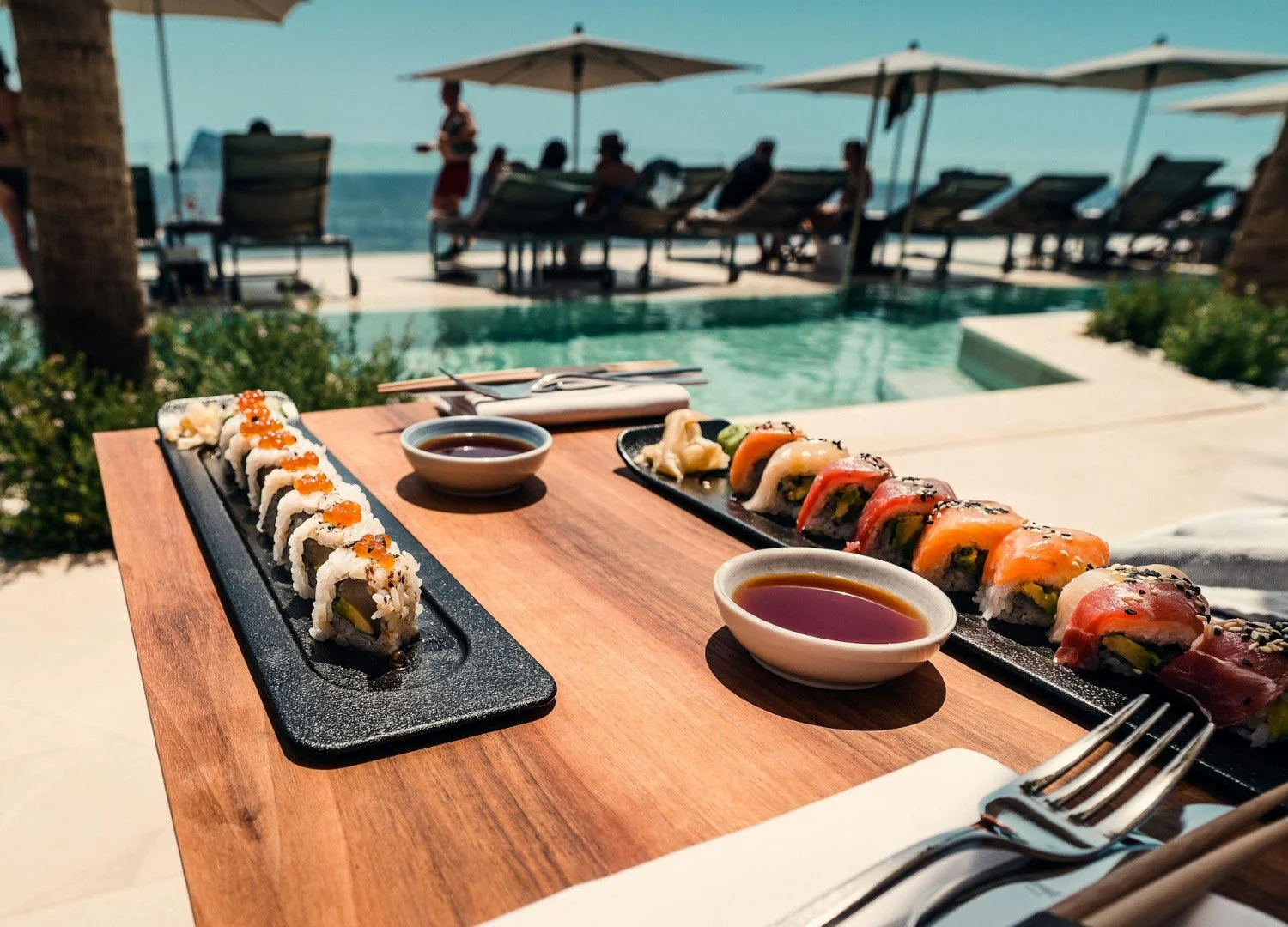Marbella's Culinary Canvas: A Tapestry of Flavors, Except, Is There Opportunity for More?
Marbella’s restaurant scene is undoubtedly one of Spain’s finest, offering a rich tapestry of flavours and styles, from traditional Andalusian cuisine to high-end international fusion. The town has solidified its place as a culinary destination, with several Michelin-starred and Repsol-awarded establishments, such as Ta-Kumi and Erre & Urrechu, elevating dining experiences. With three Michelin stars across its top restaurants and 1,500 restaurants overall—an impressive figure for a population of just over 166,000—it’s clear that Marbella is a heavyweight in the gastronomic world. But while the existing diversity is commendable, the question remains: is Marbella’s culinary landscape diverse enough or is there room for more growth and innovation?
A Melting Pot of Flavors
Marbella’s dining scene is a true reflection of its international appeal. Visitors and residents can indulge in an eclectic range of cuisine experiences, including Japanese-Peruvian fusion at Nobu, soul filling Mexican at El Molcajete Express, and avant-garde Mediterranean at Zozoi. This global influence is bolstered by a strong local food culture, with many restaurants proudly showcasing Andalusian ingredients in modern, inventive ways. Notably, over 30% of Marbella’s restaurants offer international menus, catering to a global clientele that includes residents from the UK, Scandinavia, Germany, and beyond.
For those seeking variety, the selection of fine dining restaurants delivers, offering innovative dishes that merge traditional Spanish flavors with international flair. Restaurants like Back and Kava continue to push boundaries, blending Mediterranean ingredients with modernist techniques to create unforgettable dining experiences. With the city receiving over 13 million tourists annually, the demand for diversity remains high, as seasonal visitors triple the population during peak months.
Comparisons to Other Spanish Cities
When compared to larger cities like Madrid and Barcelona, Marbella’s restaurant diversity is impressive but not as extensive. Madrid and Barcelona benefit from their status as metropolitan hubs, attracting a wide array of culinary talent and offering an unparalleled range of gastronomic options, from cutting-edge international restaurants to more daring, experimental cuisine. Malaga, just an hour away, has also grown as a formidable rival, with a mix of traditional and modern establishments, increasingly attracting the attention of food lovers from every part of the world.
While Marbella’s selection and width is smaller, it remains robust for a town of its size. Its reliance on high-end, exclusive experiences sets it apart, particularly in beachfront or resort settings where atmosphere is as much a part of the experience as the food. With a restaurant-to-resident ratio of 1 restaurant per 100 residents, it stands among the top Spanish cities in terms of restaurant density, highlighting its importance as an exceptional food destination.
Does Marbella Crave More Culinary Development?
The current state of Marbella’s gastronomic scene is undoubtedly strong, only there’s a case for further innovation. While it excels in luxury dining, the scope for more mid-range, experimental restaurants could broaden Marbella’s appeal. In metropolitan hubs like Madrid and Barcelona, there is greater room for risk-taking, with chefs often experimenting with sustainable practices, unconventional flavours, and new gastronomic formats such as pop-up restaurants. At this time, over 60% of tourists express interest in experiencing affordable, high-quality dining, suggesting a gap in the market for more accessible gourmet experiences.
In Marbella, restaurants like Kava, which offer fusion dishes accentuated by modern techniques, blended with Andalusian and Asian tastes; are already taking steps toward broadening the palette. Yet, there is still room for further culinary voyages, particularly in embracing more affordable and diverse choices for casual dining. The growth of sustainability-focused restaurants, with over 20% of fine-dining establishments adopting a farm-to-table concept, indicates an exciting direction for the city’s culinary future, but there’s prospect to push the boundaries further.
Moving Forward: Ideas for Growth
To enhance Marbella’s culinary scene, the city could benefit from:
Greater Culinary Diversity
While international fusion is well-represented, expanding the range of specialised cuisines—such as African, Southeast Asian, or Middle Eastern influences—could attract a wider demographic.Increased Risk-Taking
Encouraging more chefs to push culinary limits, particularly with sustainability-driven concepts or unique dining formats (such as food trucks or communal dining experiences), would inject freshness into the scene.Affordable Gourmet Options
Developing more mid-range dining selections that maintain high culinary standards with more accessibility, would appeal to both locals and visitors alike.
Conclusion
Having established that Marbella’s culinary scene is diverse, vibrant, and undoubtedly opulent, there’s always room for challenging the status quo. Expanding the food culture and offering more budget-friendly, experimental options could push the city’s food ethos to new heights. By taking calculated risks and welcoming innovation, the city can continue to grow as a gastronomic hub—solidifying its place not just among Spain’s finest, but on the global stage.
References
1. Álvarez Ondina, P., 2023. Spain’s tourism sector will continue to grow rapidly in 2024 and 2025. CaixaBank Research. Available at: https://www.caixabankresearch.com/en/sectoral analysis/tourism/spains-tourism-sector-will-continue-grow-rapidly-2024-2025
2. Guía Repsol, 2024. Marbella. Available at: https://www.guiarepsol.com/es/tag/marbella/
3. Marbwire, 2023. From fine dining to eco-chic brunches: The best restaurants in Marbella. Available at: https://www.marbwire.com/p/from-fine-dining-to-eco-chic-brunches-the best-restaurants-in-marbella
4. Michelin Guide, 2024. Restaurantes en Marbella, Andalucía. Available at: https://guide.michelin.com/es/es/andalucia/marbella/restaurantes?sort=distance
5. Olaso, A., 2024. Aumenta el padrón de Marbella a más de 166.000 habitantes. Onda Cero. Available at: https://www.ondacero.es/emisoras/andalucia/marbella/audios podcast/informativos/aumenta-padron-marbella-mas-166000-habitantes_2024010365952a03cf86730001c4208a.html


